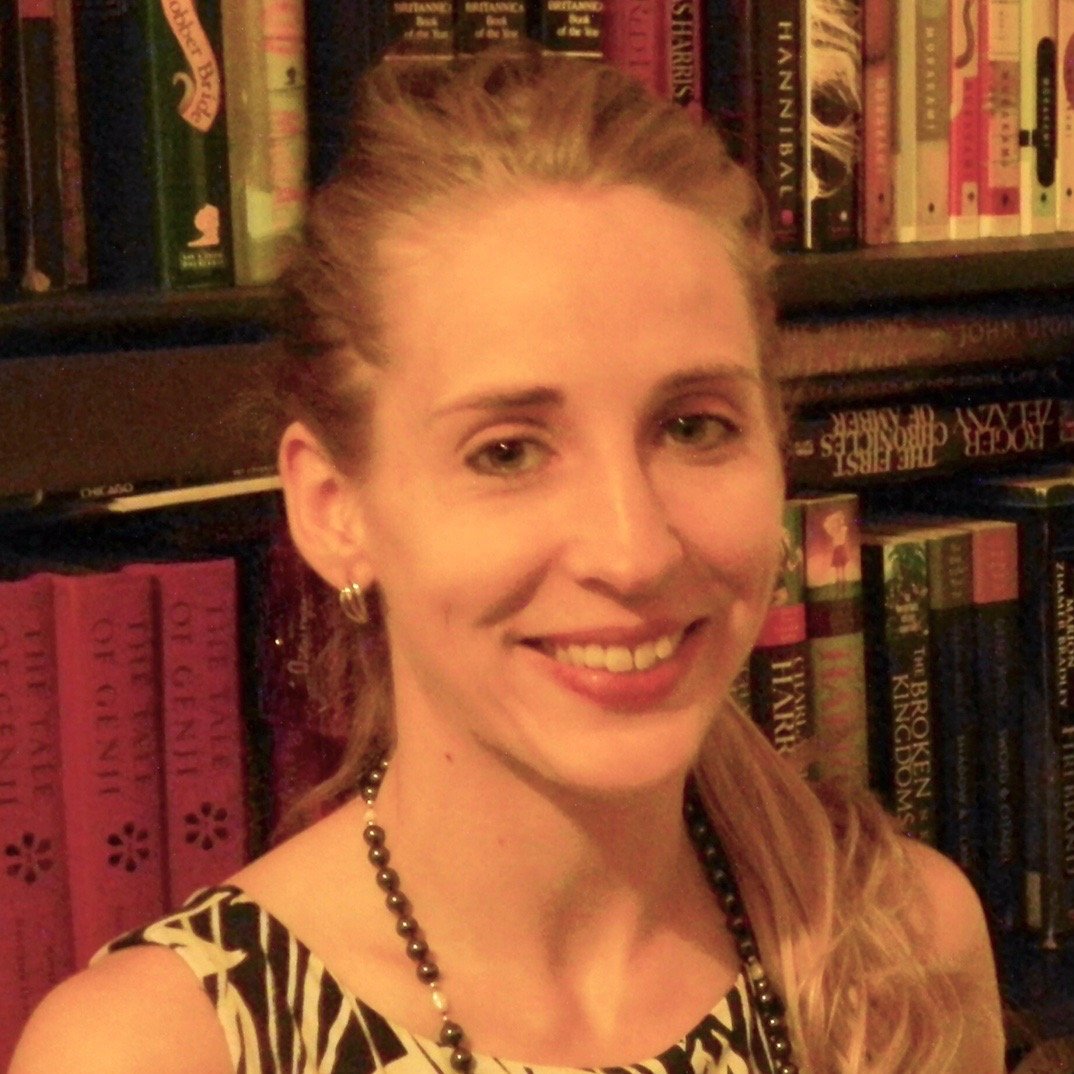Downtown Development Fees Expected to Add $50M to Neighborhood Opportunity Fund This Year
Two years ago, Mayor Rahm Emanuel established the Neighborhood Opportunity Fund, a program that funnels downtown development fees into other neighborhoods. Now, the program is expected to receive $50 million in fees this year, according to the Chicago Tribune.
Developers can pay fees for extra square footage and height on downtown high-rises. The fees are based on a formula that involves surrounding real estate values, and the majority of the fees that go to the Neighborhood Opportunity Fund (80 percent) are set aside for South and West neighborhoods. The remaining money is split evenly between city landmark restoration and improvements of the area within a mile of the development that contributed the fees.
So far, the Neighborhood Opportunity Fund has collected $6.9 million from nine different projects, according to the report. A total of $860,000 has been set aside for landmark restoration, while another $860,000 is earmarked for land near the contributing developments.

The money collected so far has already begun to make its way back into the city’s communities. A total of $3.2 million was spent out of the fund last year, according to the report. In June 2017, the program awarded $3.2 million in grants to 32 different organizations in neighborhoods including Austin, Auburn-Gresham, Bronzeville, Chicago Lawn, Grand Crossing, Gage Park, Roseland, and South Shore. In October 2017, the program offered another round of grants, totaling $2.5 million. The grants are focused on helping local businesses, like grocery stores, to underserved areas, revitalizing struggling commercial corridors, and establishing cultural institutions.
Planning Commissioner David Reifman sent an internal City Hall memo that predicted 14 downtown projects will result in $50.1 million this year, according to the report. The majority of those fees are expected to come in within the first three quarters of this year. This figure is in line with the amount Emanuel hoped the fund would take in within its first three or four years, according to the report.
The report says Reifman also looked to the future of the Neighborhood Opportunity Fund by examining proposed mega-projects, like a 1,388-foot skyscraper proposed near Tribune Tower. If the project receives approval, the Chicago Tribune reports it could pay approximately $13.6 million into the Neighborhood Opportunity Fund.
Plans for how the development money will be spent or how many grants will be offered this year has yet to be announced, but the Chicago Tribune predicts that the Neighborhood Opportunity Fund will be a key part of Emanuel’s push for reelection in 2019.

